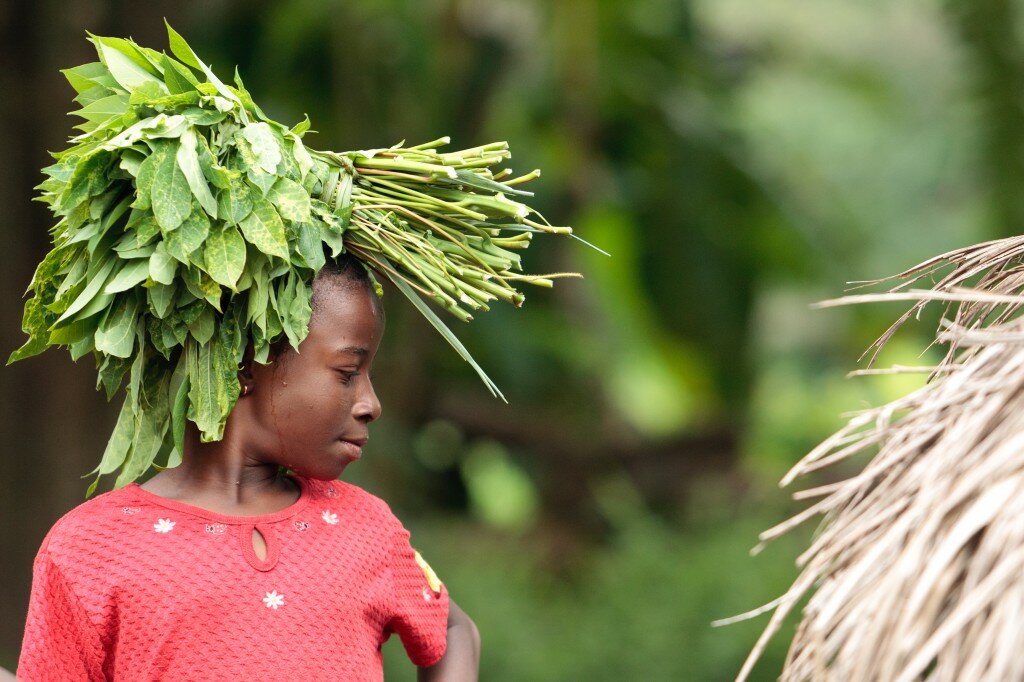By Dr. Gregory Simon
Schistosomiasis, or snail fever, affects over 243 million people worldwide, according to the World Health Organization. It is the second most deadly parasitic disease after malaria, and in recent years, there has been increasing scientific evidence linking schistosomiasis (more specifically female genital schistosomiasis, or FGS) infections to an increased relative risk of HIV in women. Several studies conducted in Tanzania and Zimbabwe demonstrated that girls and women with FGS had three to four times greater relative risk of contracting HIV.
With this mounting scientific knowledge, many organizations (including the Global Network) advocate for the reduction of HIV transmission in girls and women through schistosomiasis control. Treatment programs for schistosomiasis can be easily integrated with HIV prevention services at only a small increase in the operational cost. Since the drugs are often donated, the costs are reduced even greater.
Many organizations in the HIV community are beginning to recognize the importance of the link between schistosomiasis and HIV. However, given the current economic climate, many organizations are hesitant to take on more components to their service package without further evidence that such a service would be not only effective in reducing the risks associated with HIV/AIDS infection, but also cost effective. A new study by Ndeffo Mbah. ML et. al. recently published in the Proceedings of the National Academy of Sciences, has analyzed the cost effectives of schistosomiasis control effects in conjunction with water, sanitation, and health education programs (WASH); and the economic impacts on HIV programs.
They found that community-based interventions to prevent and treat schistosomiasis, linked to provision of WASH, are a cost-effective way to reduce both schistosomiasis and HIV. Because these interventions also have multiple secondary beneficial effects, such as prevention of diarrheal disease that is a main cause of infant mortality, the implications of these interventions go far beyond the HIV community.
Maternal and child health (MCH) advocates also have a role to play. Control of schistosomiasis and other NTDs offers another aspect of their programs that they can use to reduce maternal and infant morbidity and mortality and achieve the Millennium Development Goals (MDGs).
Efforts to reduce the burden of schistosomiasis are currently underway, and the WHO recommends preventive chemotherapy as a global strategy for its control and possible elimination as a public health threat. It will take a coordinated effort by all parties, not just the NTD community, but also the HIV, MCH and WASH communities to reduce the burden of disease on the affected populations to achieve the MDGs.

